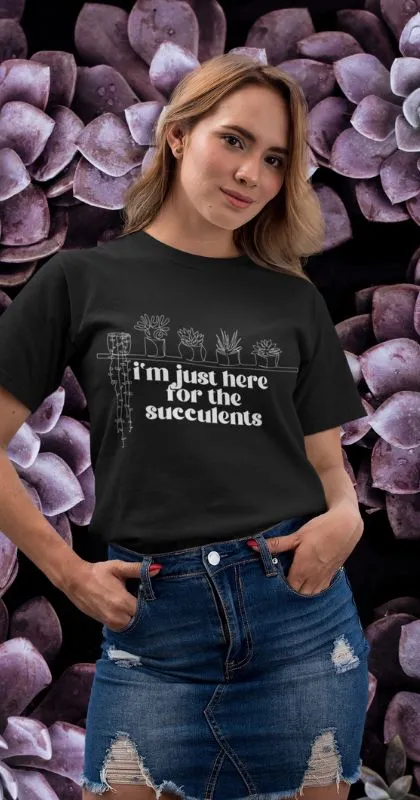So, you’ve decided to venture into the fascinating world of cacti? Good choice! These unique, low-maintenance plants are perfect for beginners and experienced gardeners alike. In this comprehensive guide, we’ll cover everything you need to know to grow and care for your cacti successfully.

Dig in!
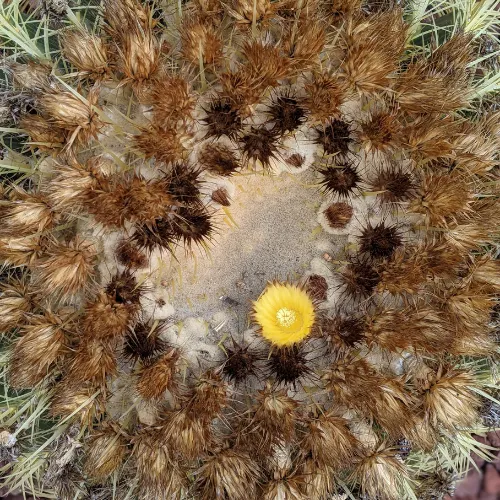
What are cacti?
Cacti are members of the plant family Cactaceae, which is divided into three main subfamilies:
- Subfamily Opuntioideae – Commonly known as prickly pears, these cacti have flat, pad-like stems and produce edible fruit.
- Subfamily Cactoideae – This group includes the familiar barrel and columnar cacti, as well as the popular “Christmas cactus.”
- Subfamily Maihuenioideae – The smallest and least known subfamily, with only two species found in South America.
The natural habitat of cacti
While cacti are often associated with deserts, they can actually be found in a wide range of environments, from high mountains to coastal dunes. Most cacti are native to the Americas, with a few species extending into Africa and Sri Lanka.
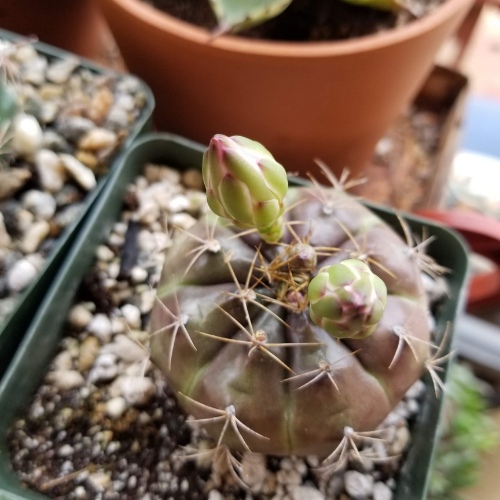
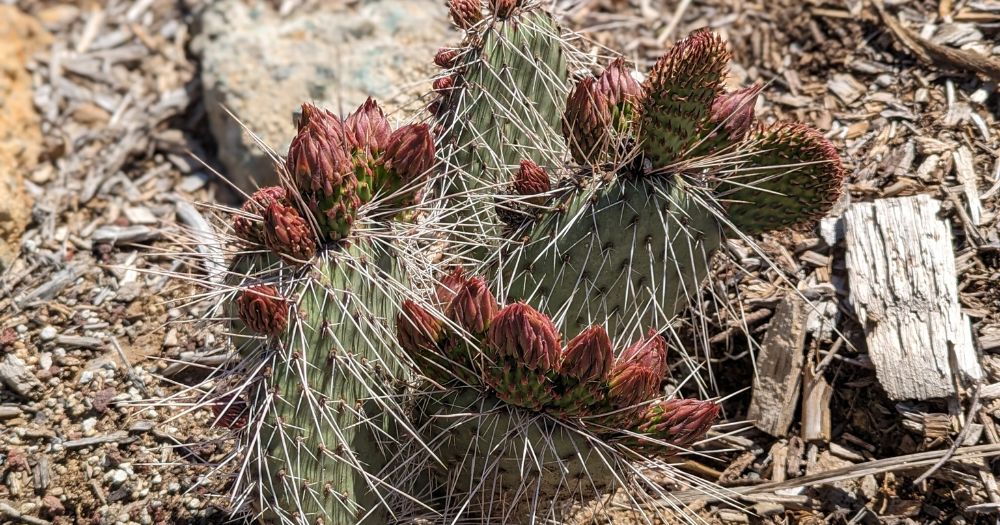
Why grow cacti?
Cacti are beloved for their unique shapes, hardiness, and low-maintenance requirements. Plus, many species produce beautiful, showy flowers. Did you know that the Saguaro can live for up to 200 years and grow as tall as 60 feet?
You might also like:
Three most important things to know about cacti
Before diving into the world of cactus care, it’s crucial to understand these three key factors:
- Watering – Cacti have adapted to store water in their stems, allowing them to survive long periods of drought.
- Lighting – Most cacti thrive in bright sunlight but may become stressed if exposed to too much direct sun.
- Soil – Well-draining soil is essential for cacti, as they are susceptible to root rot.
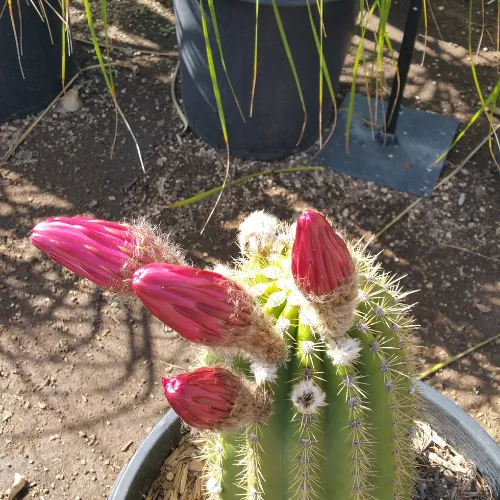
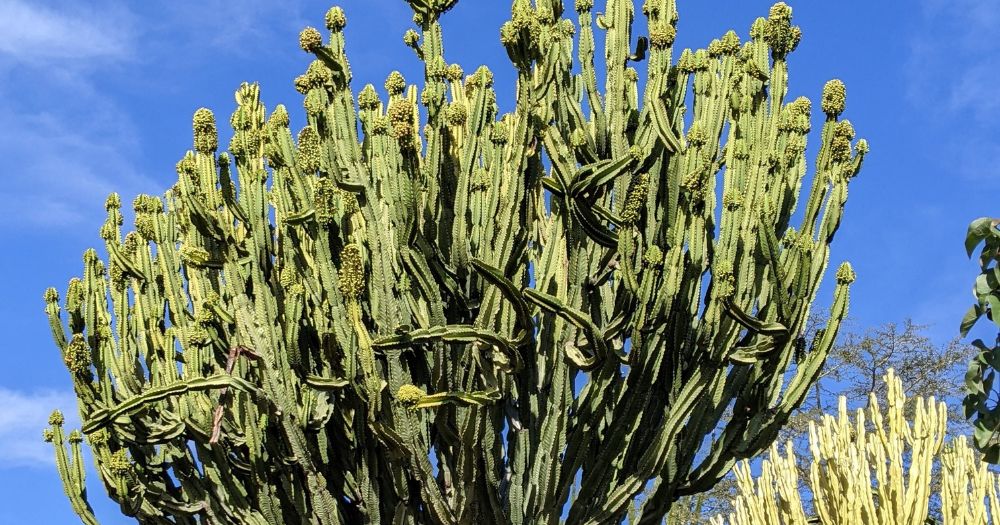
Choosing the right cactus
With thousands of species to choose from, it’s essential to select one that will thrive in your specific environment. Consider factors such as size, growth rate, and preferred lighting conditions when making your choice.
Cactus care basics
Once you’ve selected your cactus, it’s time to learn how to care for it:
- Watering – The key to watering cacti is to provide infrequent, deep waterings. Allow the soil to dry out completely between waterings.
- Providing proper lighting – Most cacti prefer bright, indirect sunlight. Protect them from scorching midday sun to avoid sunburn.
- The ideal soil for growth – Use a well-draining, sandy or gritty soil mix to prevent waterlogged roots.
- Temperature and humidity – Cacti prefer warm, dry conditions but can tolerate cooler temperatures if kept dry.
- Fertilizing – Use a low-nitrogen fertilizer during the growing season to encourage healthy growth and flowering.
- Pruning and grooming – Regularly remove dead leaves and spent flowers to maintain your cactus’s appearance and health.
Common cactus pests and diseases
Cacti are relatively pest-free, but they can still be affected by mealybugs, spider mites, and scale insects. Overwatering can lead to root rot, while fungal infections can cause black spots on the cactus’s surface.
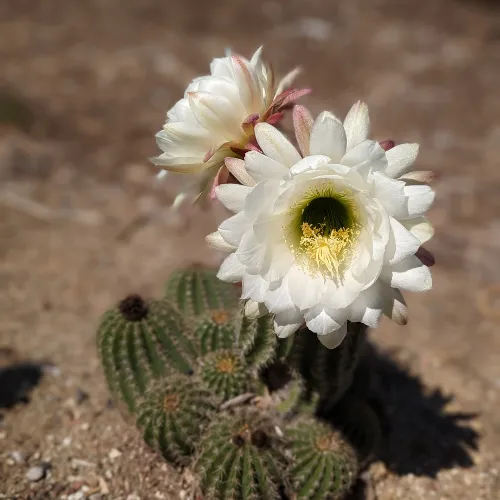
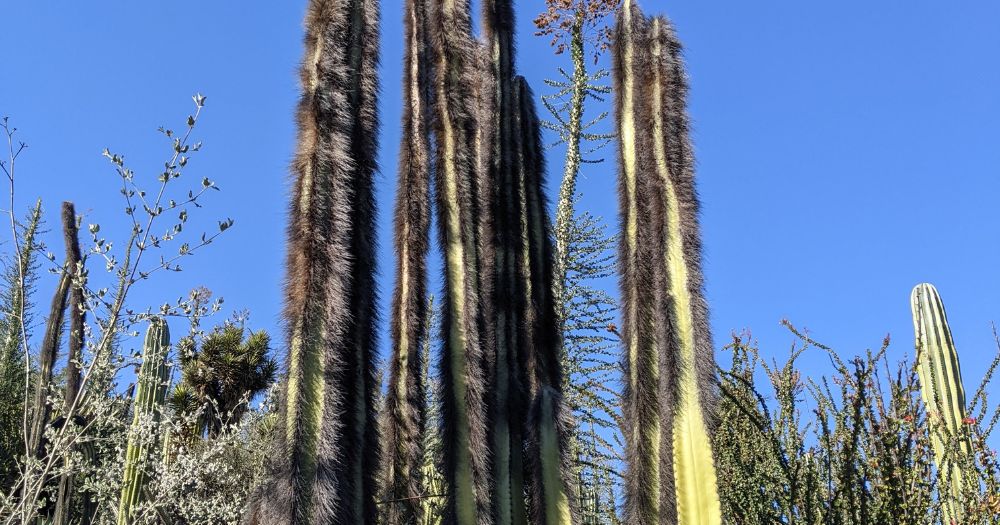
Propagating your cactus
There are three main methods for propagating cacti:
- Seeds – Sow seeds in a well-draining soil mix and keep them in a warm, humid environment until they germinate.
- Cuttings – Allow cuttings to callous over for a few days before planting them in a well-draining soil mix.
- Grafting – Attach a cutting to a compatible rootstock to create a new plant with the desired characteristics.
Fun and obscure cactus facts
- The spines are modified leaves that protect the plant from herbivores and help to shade it from the sun.
- Some cacti, like the night-blooming cereus, produce flowers that only open for one night and release a strong fragrance to attract pollinators.
- The cochineal insect, which is used to produce a natural red dye, feeds on the sap of prickly pear cacti.
Cacti are remarkable plants that offer a unique addition to any indoor or outdoor garden. With their low-maintenance requirements and captivating shapes, they’re perfect for both beginners and experienced gardeners. By understanding the essential aspects of cacti care, such as proper watering, lighting, and soil, you’ll be well on your way to growing and enjoying these fascinating plants.
Frequently Asked Questions
- How often should I water my cactus?
Watering frequency will depend on your specific cactus species and environmental conditions. Generally, it’s best to allow the soil to dry out completely between waterings. - Can cacti grow indoors?
Yes, many cacti species can thrive indoors, provided they receive enough light. Place them near a sunny window or use artificial grow lights if necessary. - How can I tell if my cactus is getting enough light?
A cactus that is receiving adequate light will have healthy, compact growth. If it appears stretched or pale, it may be reaching for more light. - Why isn’t my cactus flowering?
Cacti may fail to bloom for several reasons, including insufficient light, improper watering, or lack of nutrients. Ensure your cactus is receiving the proper care to encourage flowering.

Where to Buy Succulents Online


